
Automation is now a baseline in digital operations. From scheduled token distributions to smart contract orchestration, systems are expected to run with

Automation is now a baseline in digital operations. From scheduled token distributions to smart contract orchestration, systems are expected to run with

Mystery boxes - those little bundles of randomness - have been around for decades. You pay for something without knowing what’s inside. Maybe it's great, maybe it's garbage, but it’s the thrill of the unknown that keeps people coming back for more. This idea has evolved massively, especially in the

Solidity is a statically-typed curly-braces programming language designed for developing smart contracts that run on Ethereum.

Ethereum is a global, decentralized platform for money and new kinds of applications. On Ethereum, you can write code that controls money, and build applications accessible anywhere in the world.
What are Smart Contracts? In the realm of blockchain technology, smart contracts are...
This article is co-authored by @gracieabot_ Is it a revolution or merely hype? In a world where...
In the realm of blockchain technology and cryptocurrencies, the concept of consensus plays a pivotal...

Programming errors on the blockchain can mean $100 million lost in the blink of an eye. Ronghui Gu and his company CertiK are trying to help.

Ethereum replaces proof-of-work with proof-of-stake, making miners unnecessary.
Funnel optimization for web3 companies will become critical to their success. Token grants cost 4-7x than traditional customer acquisition techniques. Other techniques, like incentivized referral, improve the economics but still tally 19 month payback periods. A year-and-a-half might be fine for a SaaS company selling a $50k to $100k ARR product, but long-term viability demands achieving 3-6 month paybacks of modern web2 consumer companies. Why are the payback periods so high?

For those who are just wading into the crypto territory, here’s a basic explainer on how the computer science behind these systems work.
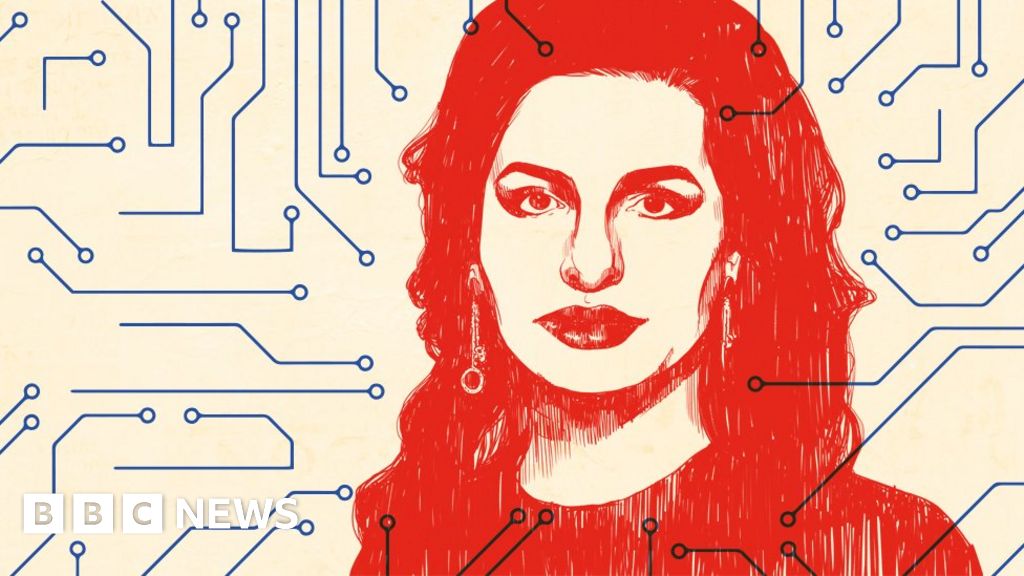
How did Ruja Ignatova make $4bn selling her fake cryptocurrency to the world - and where did she go?
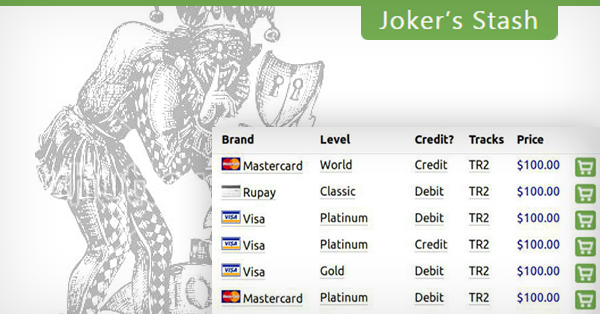
According to Elliptic’s analysis, the founder of one of the most popular carding marketplaces, Joker’s Stash, has retired having amassed a fortune of over $1 billion.

Non-fungible token (NFT) is a term used to describe a unique digital asset whose ownership is tracked on a blockchain, such as Ethereum. Assets that can be represented as NFTs range from digital goods, such as items that exist within virtual worlds, to claims on physical assets such as clothing items or real estate. In the coming years, we will see NFTs used to unlock entirely new use cases that are only made possible by crypto.

The distributed ledger technology that started with bitcoin is rapidly becoming a crowdsourced system for all types of verification. Could it replace notary publics, manual vote recounts, and the way banks manage transactions?

To stop society's unsustainable demand for ever-more resources, we need to decentralize and localize our economy. Combining the new ledger technology with UBI may be the way to make that happen.

Cryptographers have researched zero-knowledge proofs for two decades, but the technique is only just now poised to redefine the concept of online privacy.